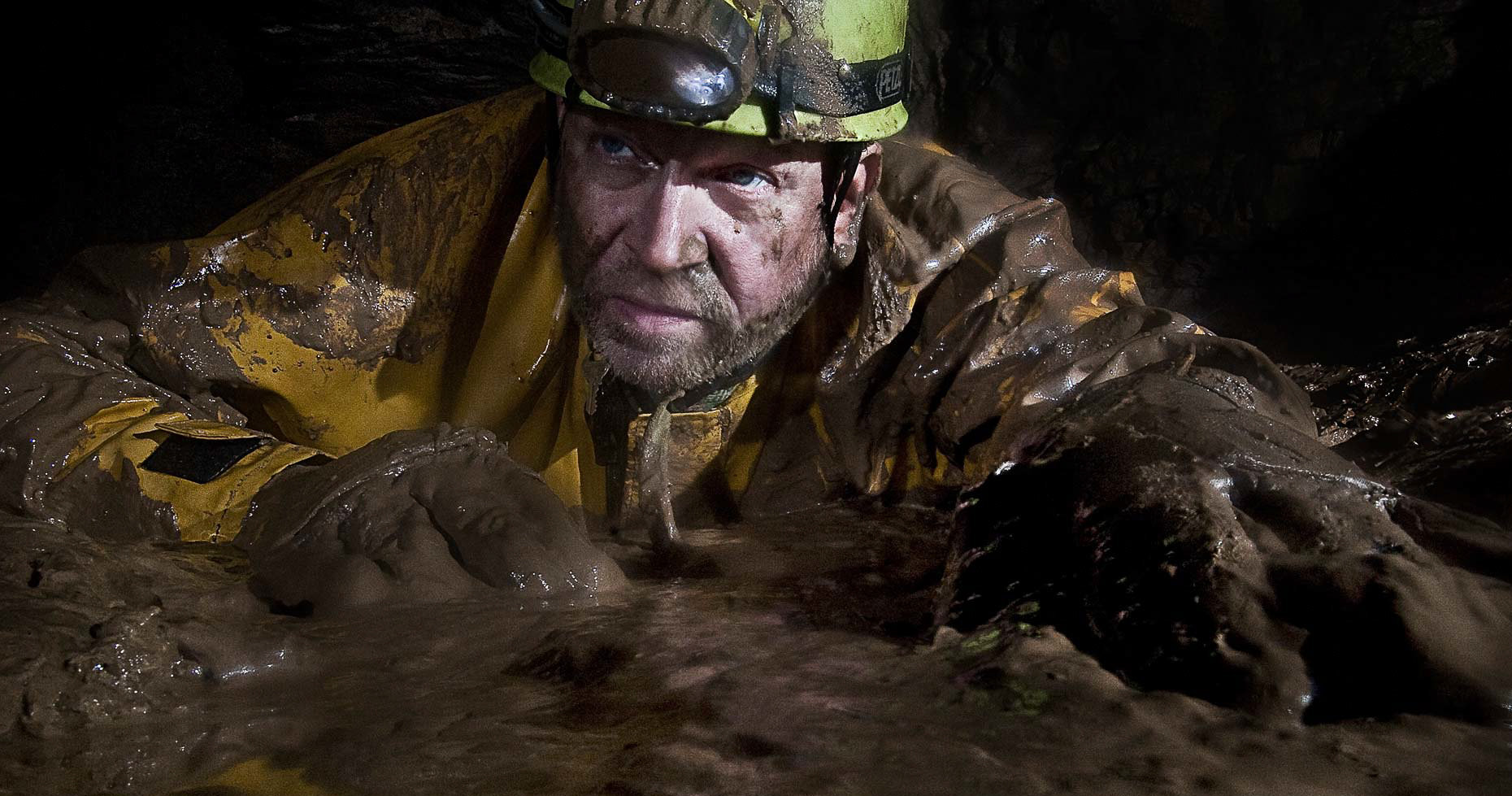By Chlotrudis Independent Film Society
Rating: 4 cats
Director: Janet Tobias

Country: germany, united_kingdom, united_states
Year: 2012
Running time: 83
IMDB: http://www.imdb.com/title/tt2343266/combined
Jason says: “There’s enough staged footage with actors in NO PLACE ON EARTH that one almost wonders why director Janet Tobias didn’t just present this story of a Jewish family hiding from the Nazis in caves for the better part of two years as a conventional narrative feature, or at least figures somebody will, eventually. It’s not a particularly hard question to answer, though – it is, after all, a great joy to see these survivors (in every sense of the word) telling their own story.
“The Ukraine/Poland border was one of the most dangerous places to be a Jew during World War II, and that Esther Stermer saw the storm clouds coming and made arrangements to get her family on a ship made no difference when the Nazis arrived earlier than expected. Like many, the Stermers fled into the woods, and eventually into a cave. Most of the family his in there while eldest son Nissel kept watch outside, and when discovered, they eventually took refuge in another, deeper cavern, where they and four other extended families would stay from 5 May 1943 until 12 April 1944, when the Russians re-took the area.
“The audience isn’t introduced to the survivors right away, though – the first voice we hear comes from Chris Nicola, an investigator for the state of New York and avid spelunker who found evidence of twentieth-century habitation in the Priest’s Grotto cave in 1993 while on a trip to Ukraine to learn more about his own ancestry (his family were Ukrainian Orthodox Christians) and spent the next decade chasing stories. It might seem like an unnecessary distraction from the main story, but it’s not: Nicola’s expertise gives the audience some idea of how dangerous and unusual this achievement is while also sharing the
audience’s wonder and setting up how this story became something that had to be rediscovered.
“Soon enough, though, he mostly gives way to brothers Saul & Sam Stermer, their nieces Sonia & Sima Dodyk, who were teenagers and children at the time. They still look pretty hearty in their eighties and nineties, and they make pretty fantastic narrators. It’s not just a matter having a fantastic story to relate; it’s how the telling is interesting. Despite the long lifetimes of experience they have accumulated in the ensuing seventy-five years and how grim some of what they tell is, it’s still fairly easy to hear youth in their voices when they talk about their childhood – what they know now does not overwhelm what they felt then. The extent of which can be surprising, actually – one story ends with ‘we trusted him’ and that turns out to be an exceptionally bad idea, but it isn’t accompanied by sad head shake or choked-up pause. Maybe it’s a side effect of the editing, but it suggests that they have at least been able to re-learn how to trust since then, which is wonderful. They all make it clear just how much respect the family still has for Esther Stermer and her son Nissel Stermer in particular, while also being honest about the tension between those in the caves without suggesting melodrama.
“The film isn’t all interview footage – a great deal are recreations, which can be hokey but work fairly well here. Tobias finds a good way to present it, so that the audience can see what the family members were doing rather than imagine it from the narration (which also includes lines from the journal of Esther Stermer and cousin Sol Wexler), while keeping the Yiddish dialogue relatively muted. It means things don’t look cheap or fake but it doesn’t feel like a docudrama, either – the moving images function as illustrations. She and her cinematographers have some fairly amazing things to shoot, as well – the caves, especially the Priest’s Grotto, are spectacular, and even the exterior scenes have scale and majesty to them. She also uses darkness in a way that fits the story – scary, but also offering some safety as time goes on.
“There’s also a fairly charming last act, where the family members who are well enough to travel return to Ukraine with Nicola in 2010, along with the generations that have followed them. It’s got a lot of nice details, even as it does give the audience reason to think about how the family emigrated to North America after the war and haven’t looked back – as much as this is the story about people who survived and thrived, there’s permanent damage done. Still, the prevailing feeling is positive.
“It’s a great story, and one that is quite possibly best related in a movie. Maybe someday a filmmaker will film it in a more dramatic fashion, or maybe not. I’m glad that I’ve been able to hear these people tell it themselves. 4 cats
“Seen 7 May 2013 in Landmark Kendall Square #5 (first-run, 2K DCP).”
